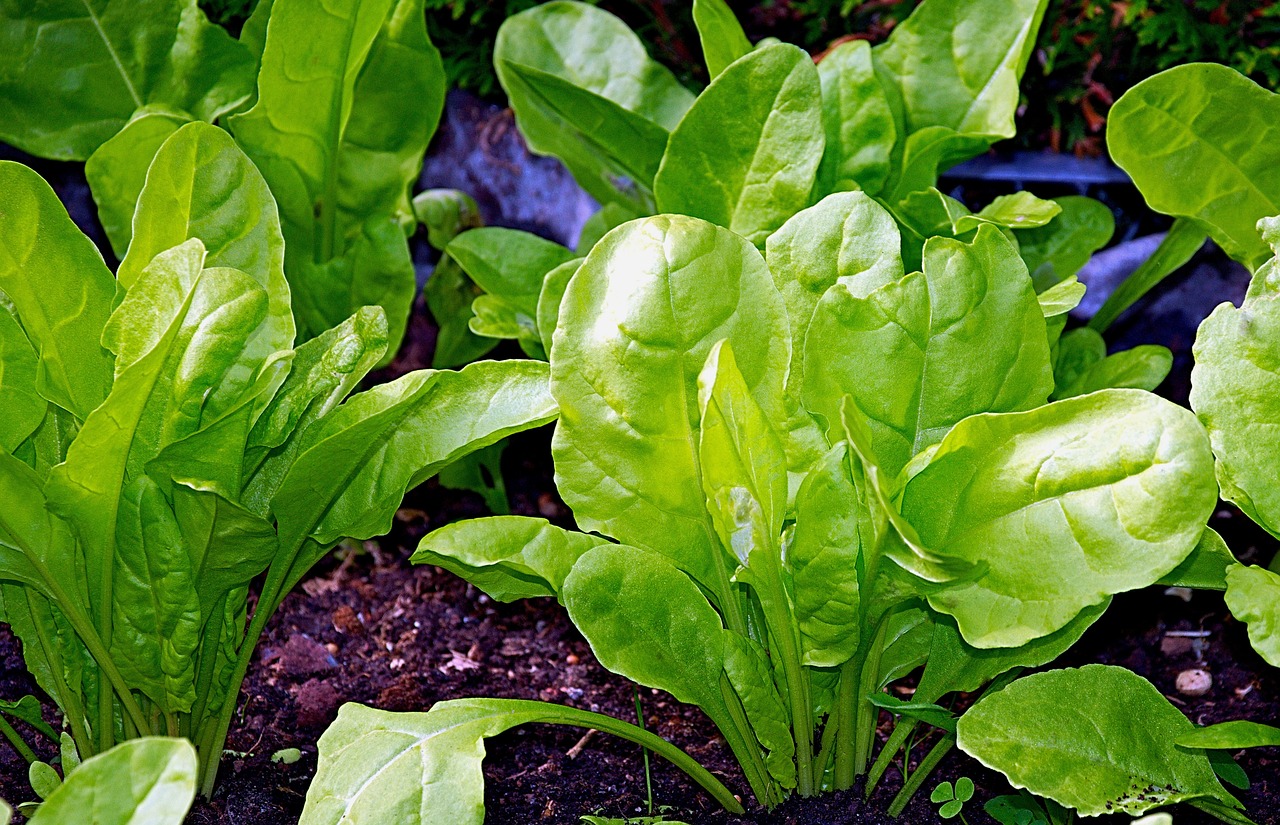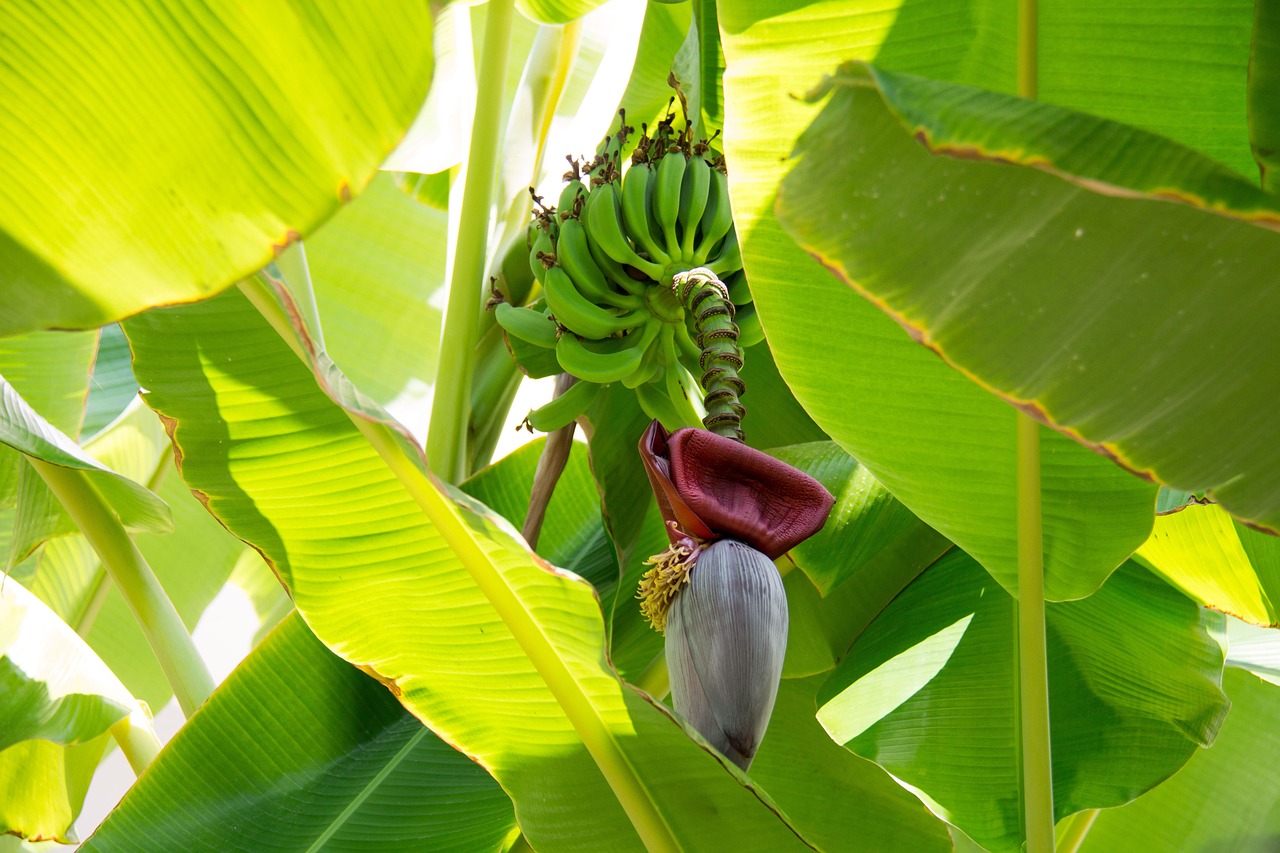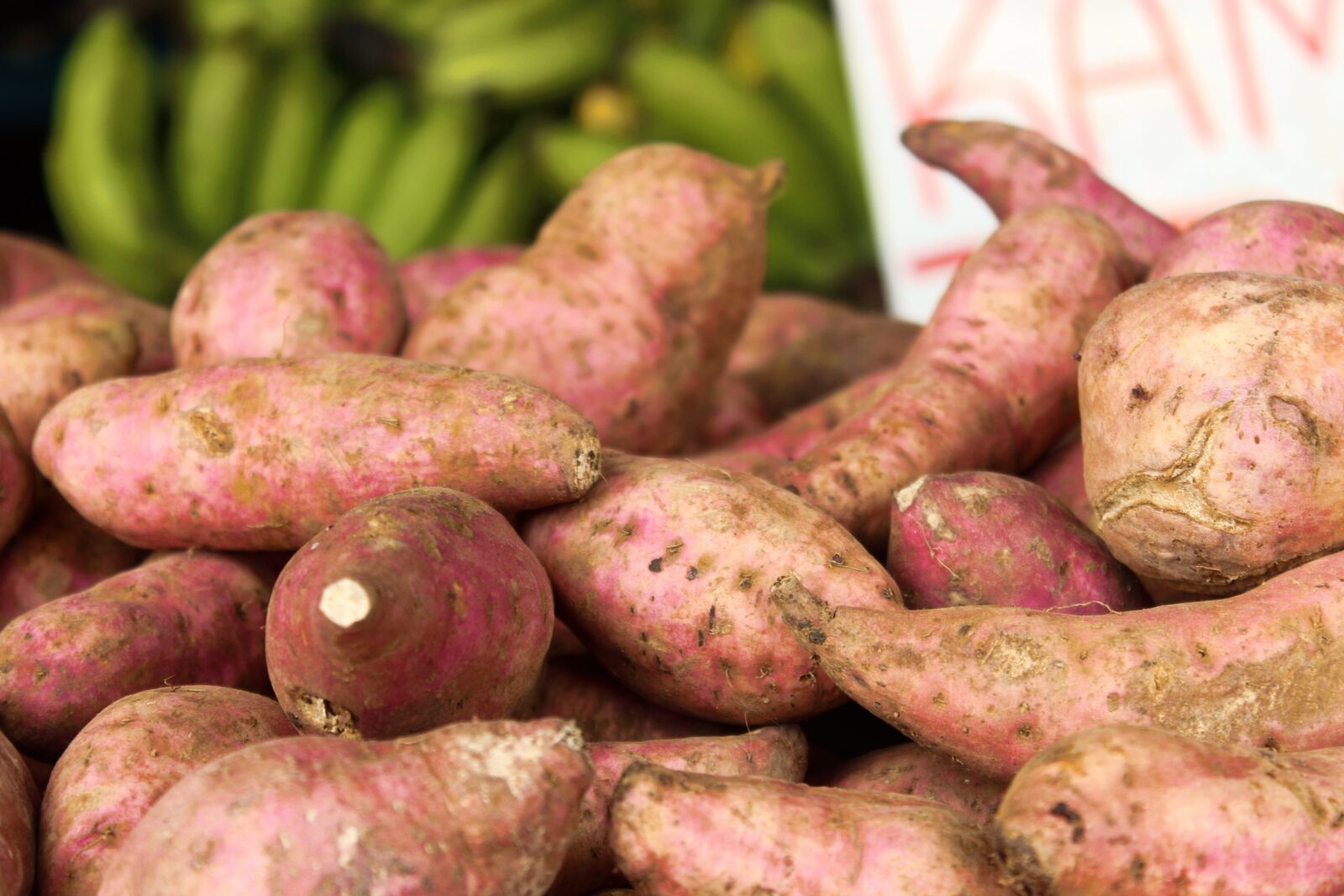Perpetual spinach chard is a rare leafy vegetable that thrives in subtropical climates. With its rich heritage and impressive adaptability,…
If you’re a Florida gardener dreaming of growing your own tropical fruit paradise, look no further than the magnificent banana…
I have to admit it — I have an embarrassingly gullible sweet tooth. Always have had. So, when I first…


